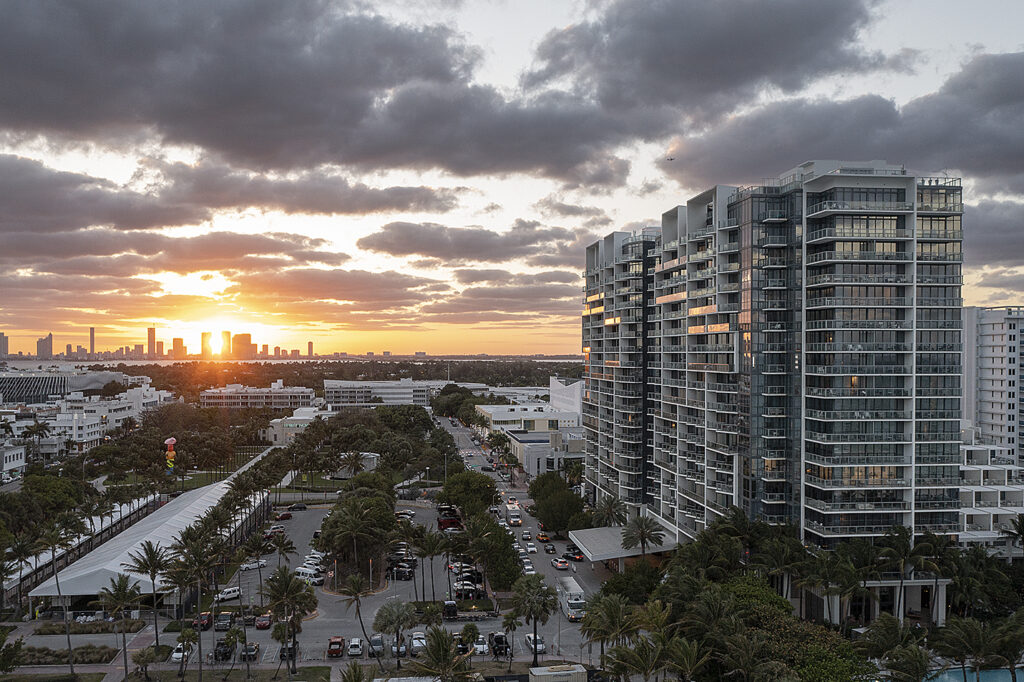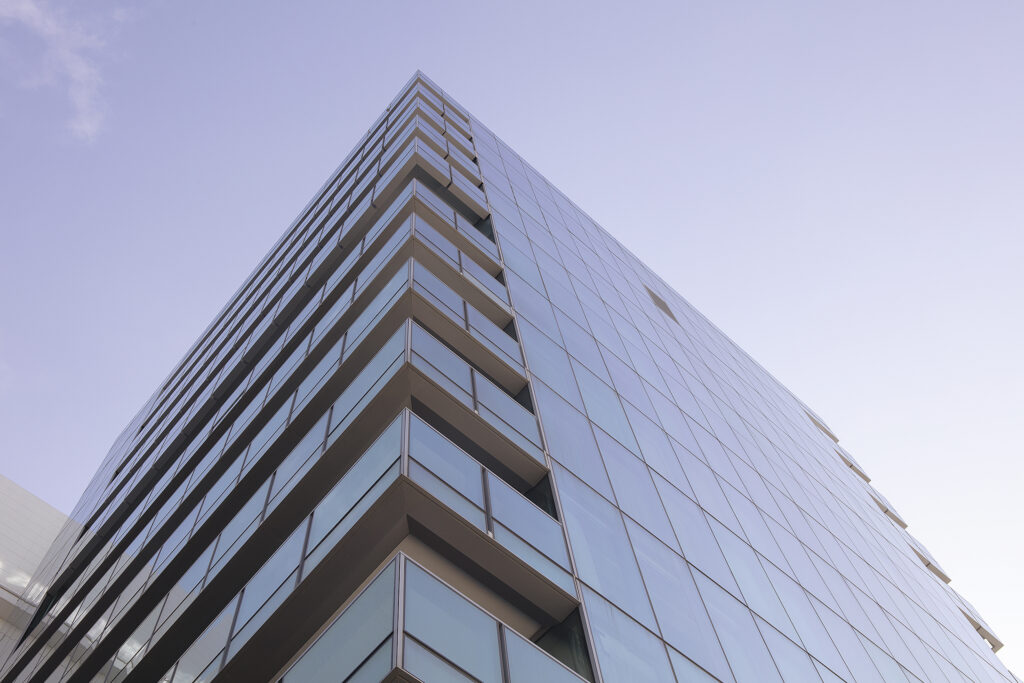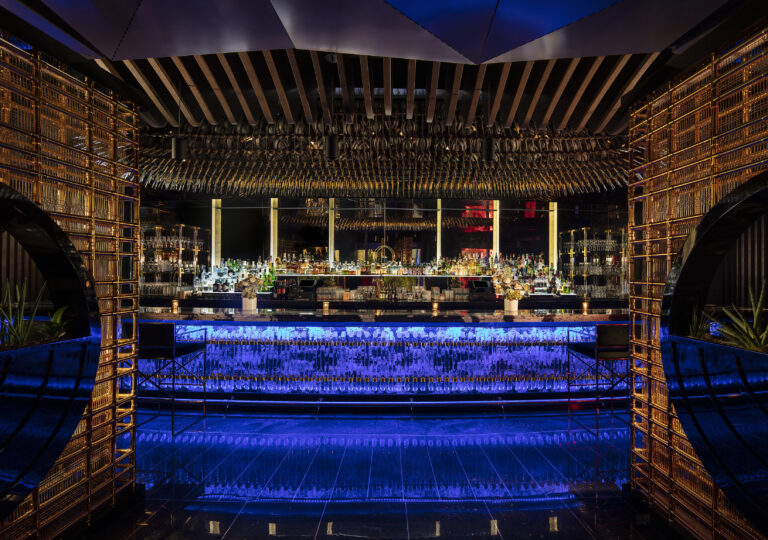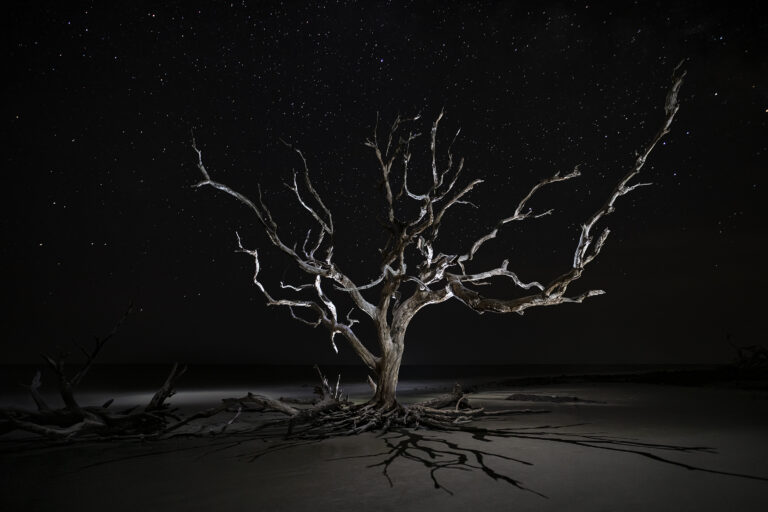It’s not always easy to take great architectural photos. The buildings are often huge and imposing, and the light can be tricky to work with. But with a bit of practice and some knowledge of the basics, you can start taking stunning architectural photos that will impress your friends and clients alike. Here are 10 tips to help you get started:
1. How to choose a subject for your architectural photo shoot

Before you start taking photos, it’s important to find a good location. The best architectural photos are often taken from high up, so look for a spot that will give you a bird’s eye view of the building. A rooftop or a nearby hill can be a great spot to set up your camera. And if you’re shooting urban architecture, don’t forget to take into account the surrounding buildings and objects that could be in your frame.
The subject of your architectural photo shoot can either be the whole building or just a section of it. It’s up to you to decide what you want to focus on. If you’re shooting a landmark building, you might want to capture its iconic features in your photos. But if you’re shooting a more everyday kind of building, you might want to focus on the details that make it unique.
2. How to work with light and shadows
Light and shadow can play a big role in architectural photography. The way the light hits the building can really change the look and feel of the photo. To get the best results, it’s often best to shoot in the early morning or late afternoon when the light is softer and more flattering. And if you’re shooting in direct sunlight, be sure to keep an eye on the shadows that are being cast.
3. Composing your architectural photos
When composing your architectural photos, it’s important to keep the rule of thirds in mind. This means that you should try to place the main subject of your photo (the building) on one of the thirds lines. This will help create a more balanced and pleasing composition. You should also make sure that the horizon line is level, unless you’re going for a specific effect.
4. Leading Lines

Leading lines are a great way to add interest and depth to your architectural photos. Look for things like roads, walkways, and railings that lead into the frame. These lines will help guide the viewer’s eye through the photo and make the building look more impressive.
5. Capturing The Details
One of the best things about architectural photography is that you can really capture the details of the building. The shapes, textures, and patterns of the architecture can make for some really stunning photos. So don’t be afraid to get up close and personal with your subject. A wide-angle lens can be a great tool for capturing architectural details.
6. Urban Architecture Shooting

Urban architecture can be a bit more challenging to shoot than other types of architectural photography. The key is to find a good balance between the building and the surrounding cityscape. Look for interesting angles and compositions that will make the photo more visually appealing. And don’t forget to take into account the light and shadows that are being cast by the skyscrapers.
7. Rural Architecture Shooting
Rural architectural photography can be very different from urban architectural photography. The buildings are often smaller and more spread out, so you’ll need to find a good vantage point. A telephoto lens can be helpful for getting close-up shots of the buildings. And be sure to pay attention to the light and shadows, as they can really change the look of the photo.
8. Editing your photos
Editing your architectural photos is a great way to add your own personal touch. There are a number of different things you can do in post-processing, from adjusting the exposure to adding contrast and saturation. But be sure to keep your edits subtle, as you don’t want to end up with an artificial-looking photo. Architectural photography should be treated as if it’s documentary style. The art should be in the architecture rather than the effects!
9. Fresh Perspectives
One of the best things about architectural photography is that you can really get creative with your compositions. So don’t be afraid to experiment with different shooting perspectives. Get up close, shoot from below, or climb to a higher vantage point. The sky’s the limit!
10. Converging Verticals

Finally, converging verticals is a technique that can be used to add a sense of height and drama to your architectural photos. To do this, simply tilt the camera upwards when shooting. This will cause the vertical lines in the photo to converge, making the building look taller than it actually is.
There you have it. These are just a few tips to help you get started with architectural photography. With a little practice, you’ll be taking stunning photos in no time!



